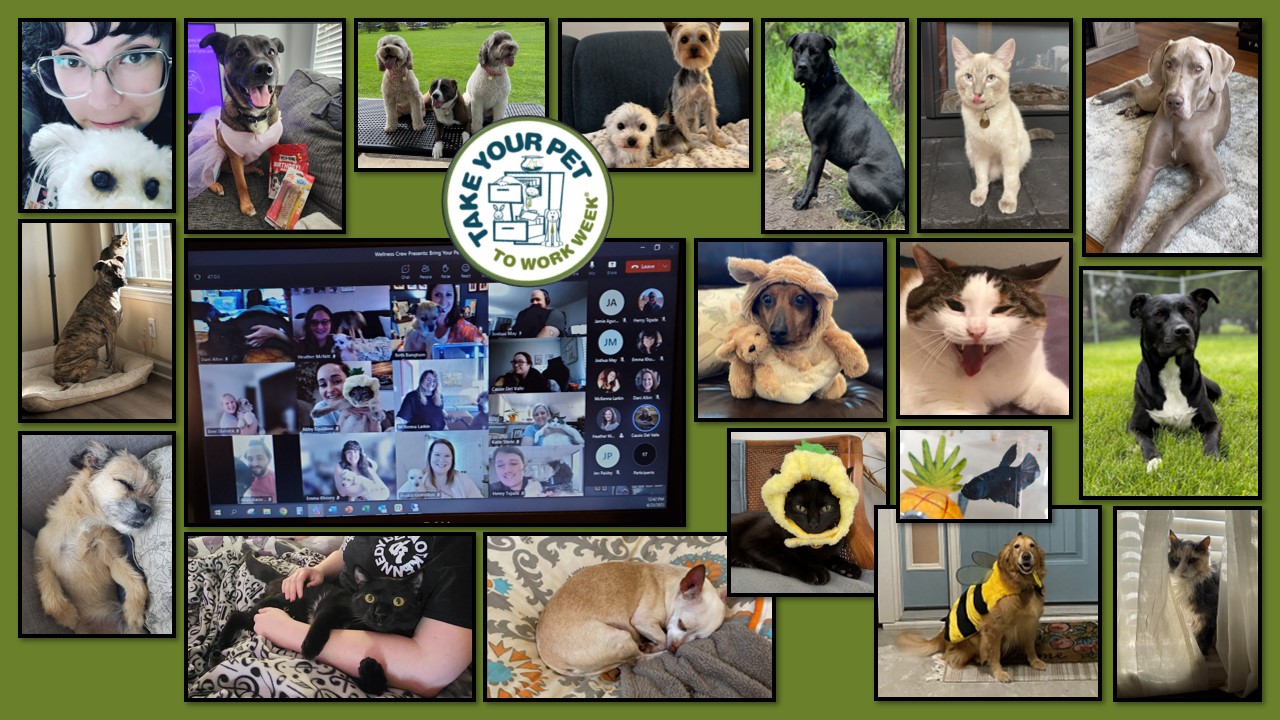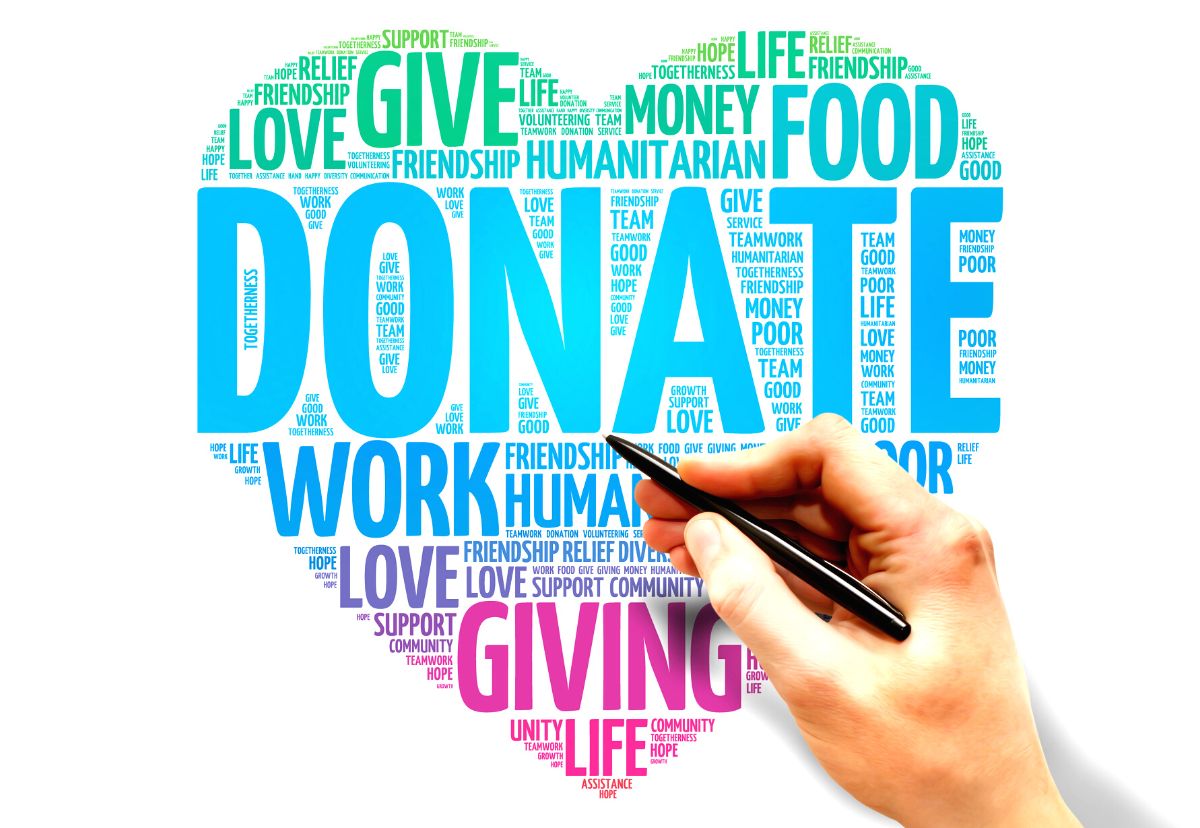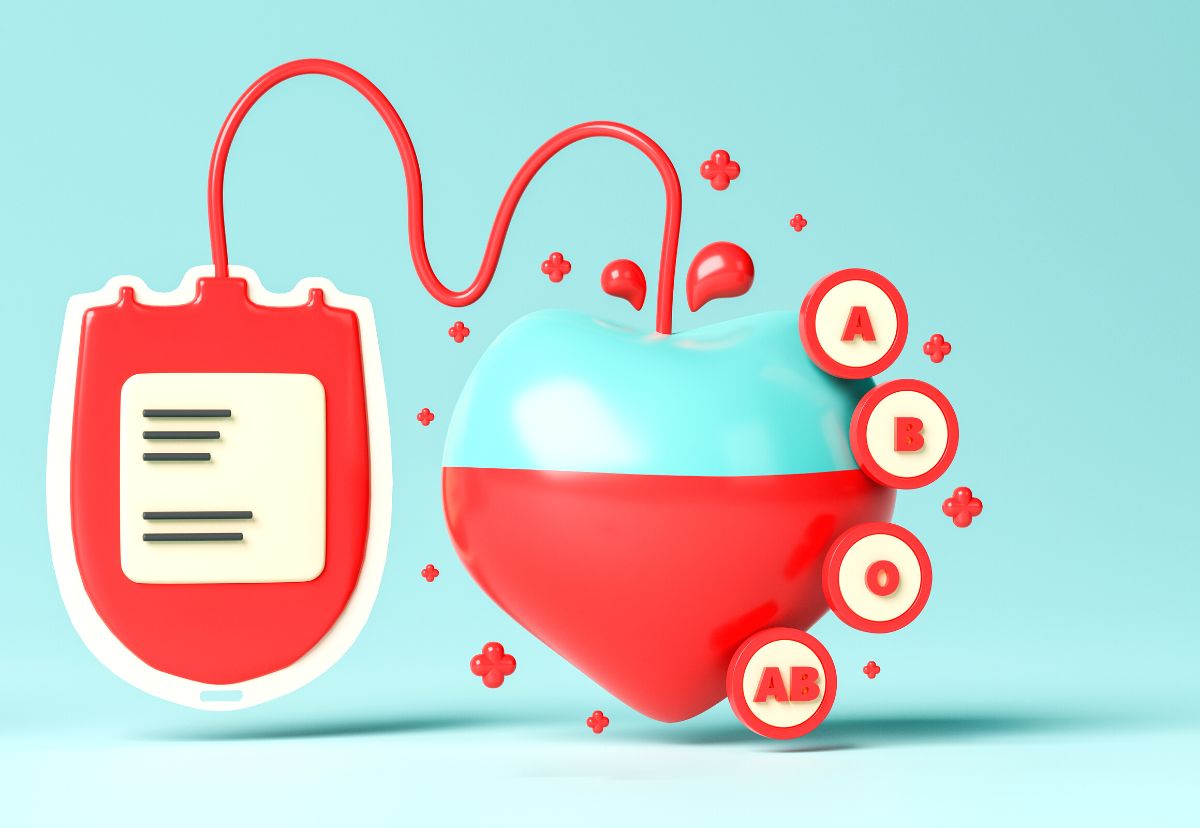Whether you’re a night owl or an early bird, we all face the same challenge – waking up in the morning. For many of us, mornings can be a struggle, whether we rise at the break of dawn or in the afternoon due to night shifts. This common difficulty is often attributed to sleep inertia. If you’re one of those who find mornings serene, this article may not be your cup of tea. But for the rest of us, mornings are far from a breeze.
There are various strategies to make mornings more manageable, such as minimizing screen time, avoiding specific foods or drinks, and reducing exposure to unwanted light at night. Similarly, there are steps you can take in the morning to make waking up less daunting, like welcoming natural light as early as possible or changing your alarm tone to something soothing. However, these measures are often insufficient on their own. One of the most effective ways to ease into your mornings and set a positive tone for the day is by establishing a morning routine.
Having a morning routine means you wake up with a clear understanding of what lies ahead. This predictability makes it significantly easier to leave your cozy bed. It becomes a habit; no need to deliberate, and that alone simplifies the process of waking up. When executed correctly, your morning routine can boost your energy, enhance your productivity, and foster a positive outlook throughout the day. Who can resist those benefits, right?
As you contemplate crafting a morning routine, keep a few key considerations in mind. The duration of your routine is entirely up to you, and the activities you include should cater to your individual needs and preferences. Additionally, remember that the time it takes for your routine to become second nature will vary, but the essential part is persevering until it becomes a natural part of your day.
Here are some action items to consider. You can choose to incorporate all of them, a few, or none at all. The important thing is to establish a morning routine. And don’t forget to reassess your routine if, after a period of practice, you find the benefits aren’t outweighing the drawbacks:
- Wake up at the same time every day, even on weekends.
- Allow yourself ample time to ease into the day, and savor the first 30-60 minutes at a leisurely pace.
- Try to wake up before anyone else, creating a tranquil environment for you, your space, and the day ahead.
- Resist the urge to check your phone, calendar, or to-do list. Save these tasks for when you’re feeling the positive and energetic effects of your morning routine.
- Consider meditation or soothing music.
- Incorporate some light stretching or engage in a full-blown workout – just something to get your body moving differently.
- Dedicate a moment to yourself with a cup of coffee, tea, or even an energy drink, while you read, enjoy nature, or practice mindfulness.
- Explore the invigorating effects of a cold shower.
We trust that you’ll find these suggestions valuable and that they contribute to more productive (or, at the very least, easier) mornings. However, morning routines are not the sole habits that can enhance your day. If you’re looking to make habit-building a routine in itself, consider these tips from the CDC as well.






















